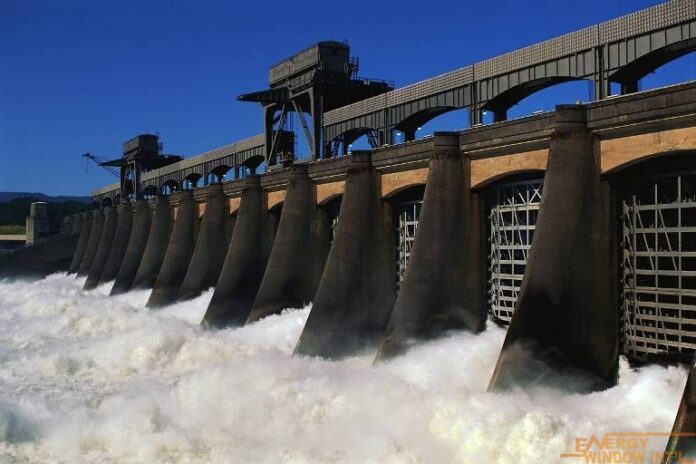Must check Profligacy and Executive Excesses.
 Increasing access to modern forms of energy is crucial to unlocking faster the economic and social development in sub Saharan Africa, International Energy Agency, IEA says in its 2014 survey on Africa. Modern forms of energy IEA further stated would include sources like solid biomass, which are fuel wood and charcoal, and according to the agency are capable of producing more electricity generation action much more than other fuel sources put together. The agency maintained that about two-third, about 620 million of the population of the region are living without electricity, while about 730 million people depend on what it described as “dangerous and inefficient” forms of cooking. The agency further said that the average electricity consumption per capita was not enough to power a single 50-watt light bulb continuously.
Increasing access to modern forms of energy is crucial to unlocking faster the economic and social development in sub Saharan Africa, International Energy Agency, IEA says in its 2014 survey on Africa. Modern forms of energy IEA further stated would include sources like solid biomass, which are fuel wood and charcoal, and according to the agency are capable of producing more electricity generation action much more than other fuel sources put together. The agency maintained that about two-third, about 620 million of the population of the region are living without electricity, while about 730 million people depend on what it described as “dangerous and inefficient” forms of cooking. The agency further said that the average electricity consumption per capita was not enough to power a single 50-watt light bulb continuously.
“A better functioning energy sector is vital to ensuring that the citizens of sub-Saharan Africa can fulfill their aspirations. The energy sector is acting as a brake on development, but this can be overcome and the benefits of success are huge”, IEA Executive Director Maria van der Hoeve said.
Confirming what had already been established, the agency said that the region’s energy resources are more than sufficient to meet the needs of its population, but argued that they are largely under-developed. Maintaining that the region accounted for almost 30% of global oil and gas discoveries made over the last five years, coming from major energy producers like Nigeria, South Africa and Angola. Adding that with huge renewable energy resources which include excellent and widespread solar and hydro potential, wind and geothermal, the region could serve as crucial contact point worldwide.
The agency said that ongoing investments in the region’s energy supply chain has been on the increase, but maintains that two-thirds of the total since 2000 has been aimed at developing resources for export as grid-based power generation capacity continues to fall far short of what is needed, half of this being located in just one country – South Africa.
The insufficient and unreliable supply which resulted in large-scale ownership of costly back up generators has so much negative effect in an economy which is expected to quadruple in its size by 2040 as the population moves to 1.75 billion, with corresponding energy demand growth of about 80 per cent. Expressing optimism however that power generation capacity will quadruple, envisaging strong growth in renewable estimated to account nearly 45 per cent of the region’s total capacity, apparently varying in scale from large hydropower dams to mini and off-grid solutions, as natural gas in gas-producing countries has a movement upward.
Natural gas production is expected to reach 230 billion cubic metres (bcm) in 2040, with Nigeria still leading as the largest producer, while Mozambique, Tanzania and Angola maintain momentum of increased output. Liquefied Natural Gas, LNG exports to the global market will triple to around 95 bcm, as oil production is expected to exceed 6 million barrels per day (mb/d) in 2020 to fall back to 5.3 mb/d in 2040. Nigeria and Angola will maintain lead as the largest oil producers by far, with a host of other producers supplying smaller volumes. Demand for oil products is expected to double to 4 mb/d in 2040, squeezing the region’s net contribution to the global oil balance. Coal supply will grow by 50 per cent, to be led by South Africa, and then Mozambique before other smaller producers. So, reducing power outages by half and achieving some level of regional electricity access within the time frame is expected to take additional $450 billion, and there must be wise decisions in money spending.


